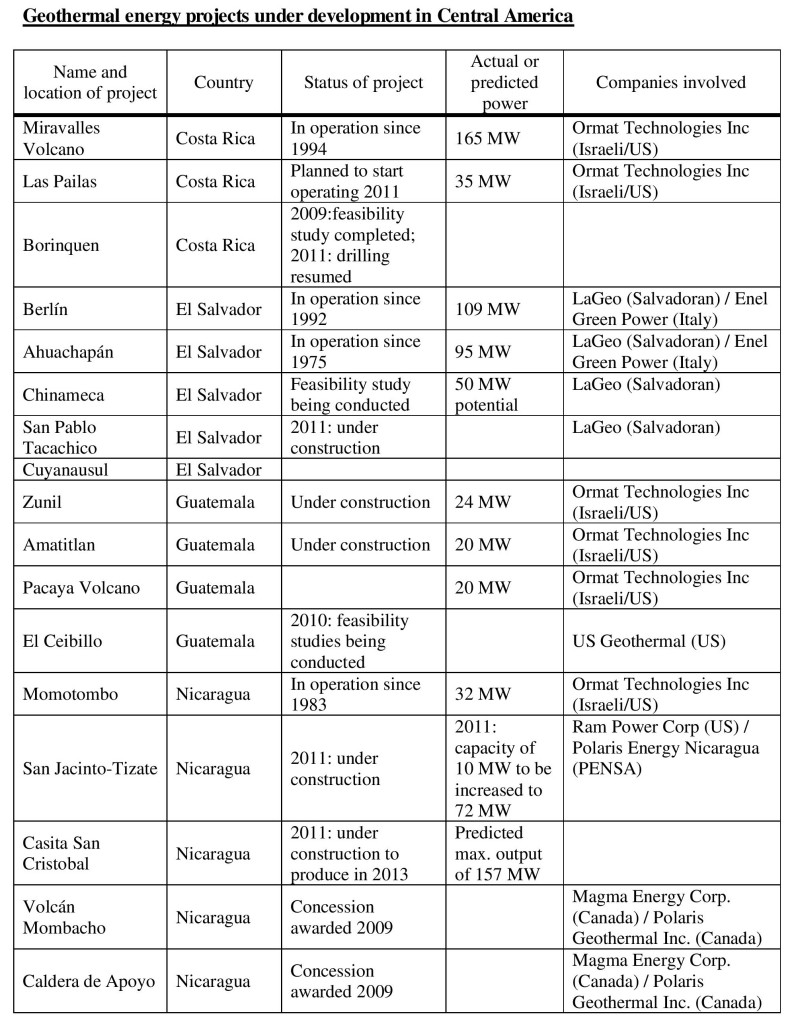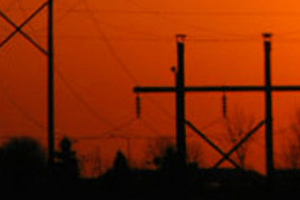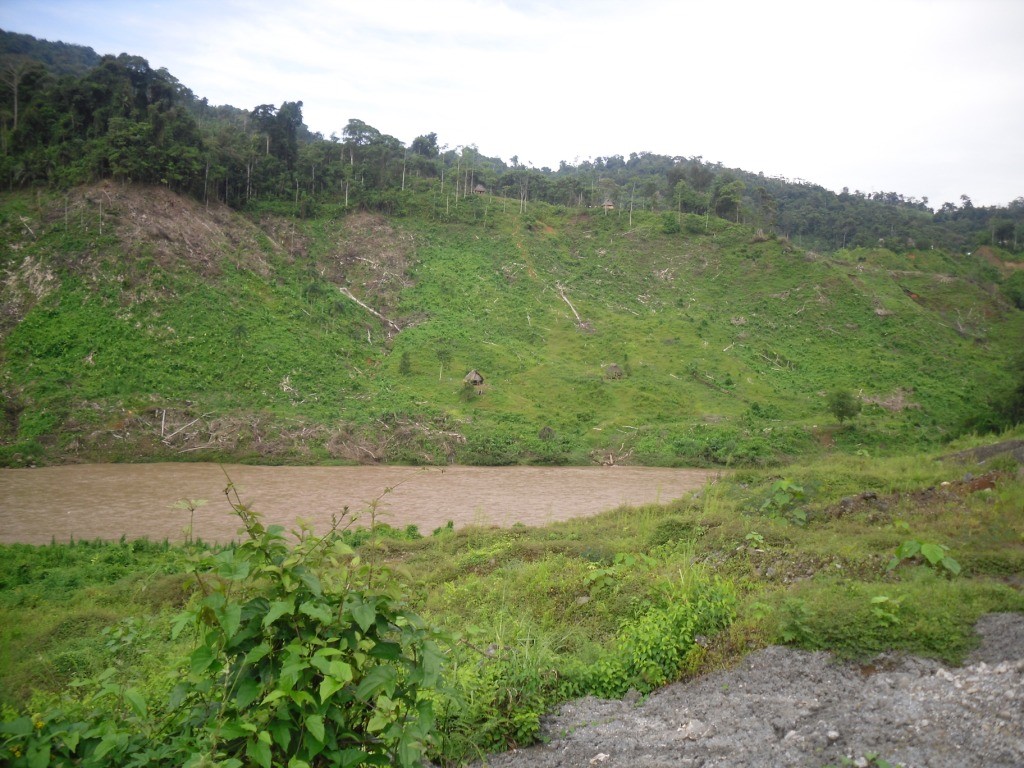Founded in 1982, Unión Fenosa is a Spanish transnational company involved mainly in the energy sector in a number of Latin American countries. It has recently become involved in waterworks projects and privatisations in Colombia, Costa Rica and Chile, and has shown interest in providing mobile telephony in Bolivia and Peru. In Central America the company has been involved in the generation and distribution of electricity in Panama, Costa Rica, Nicaragua and Guatemala.
In Panama, the company claims to be the country’s major distributor of electricity covering over 400,000 homes. Its principal Panamanian subsidiary is Unión Fenosa Edemet-Edechi, but it has also created Ufinet (Unión Fenosa Telecommunications Network) and ESEPSA which its website states is to develop renewable energy projects. Its parent company has been awarded ISO 14001 (2004) for its environmental management and ISO 9000 (2000) for its management quality.
In Costa Rica in 2003, Unión Fenosa began construction of the La Joya electricity plant on the Río Reventazón in the country’s Central Valley. The plant was inaugurated in 2007 and provides 3 per cent of the country’s demand for electricity. La Joya was developed under the Clean Development Mechanism of the Kyoto Protocol with the aim of limiting and reducing the emission of greenhouse gases. As such, great significance has been placed on its environmental sustainability, although there was considerable early opposition to the project on the grounds that it would affect the flow of and aquatic life in the Río Reventazón. These fears were in fact realised and life in the Río Reventazón is now a shadow of its former self. In 2008, Unión Fenosa’s second hydroelectric generating plant at Torito, also on the Río Reventazón, was approved by the Costa Rican Electricity Institute (ICE) which will buy all the electricity produced by the plant.
In Nicaragua in 2001, the Nicaraguan electricity network was privatised as demanded by the IMF. Unión Fenosa bought the network and divided its distribution system into two subsidiary companies to give the appearance of competition. The purchase included agreements about the reduction of charges, security of supply and investment in the network to improve quality and coverage. In reality, the opposite of these occurred, a situation which gave rise to public demands for re-nationalisation of the network. In 2005, the National Assembly refused to authorise price increases which the company claimed it needed in order to pay its suppliers, the generating companies. Thus began the round of power cuts – the energy crisis mentioned at the start of this chapter – suffered by Nicaragua through to the end of 2007.
The company has worked in Guatemala since the privatisation of electricity distribution in 1998. The company created two subsidiary companies, DEOCSA (Western Electricity Distribution) and DEORSA (Eastern Electricity Distribution). In the first five months of 2010 the CNEE (National Electricity Energy Commission) recorded 90,358 complaints against the two subsidiaries and the Human Rights Ombudsman´s Office had also received 78 complaints against the two companies. FRENA (the Resistance Front for Natural Resources / Frente de Resistencia por los Recursos Naturales) claimed that 16 of its activists were assassinated in 2009 and by half way through 2010 a further 8 had been assassinated.
Sources:
Energy Information Administration (Topic Editor: Langdon D. Clough) (2009) ‘Energy Profile of Central America’, Encyclopedia of Earth (Washington D.C.: Environmental Information Coalition, National Council for Science and the Environment) www.eoearth.org/article/Energy_profile_of_Central_America (accessed 7 July 2010)
Klaus Hess (2009) ‘The EU Reaches for Central America’, Friedens Forum, 3/2009.
Martín Cúneo, (2010) ‘Ocho activistas opuestos a Unión Fenosa asesinados en seis meses en Guatemala’, Revista Amauta, 15 April, http://revista-amauta.org/2010/04/ocho-activistas-opuestos-a-union-fenosa-asesinados-en-seis-meses-en-Guatemala (accessed 12 July 2010)
Toni Solo (2005) ´Central American Strikes and the Energy Crisis´, ZNet, 25 September.
Wikipedia, ´Unión Fenosa´, http://es.wikipedia.org/wiki/Uni%C3%B3n_Fenosa (accessed 12 July 2010)


